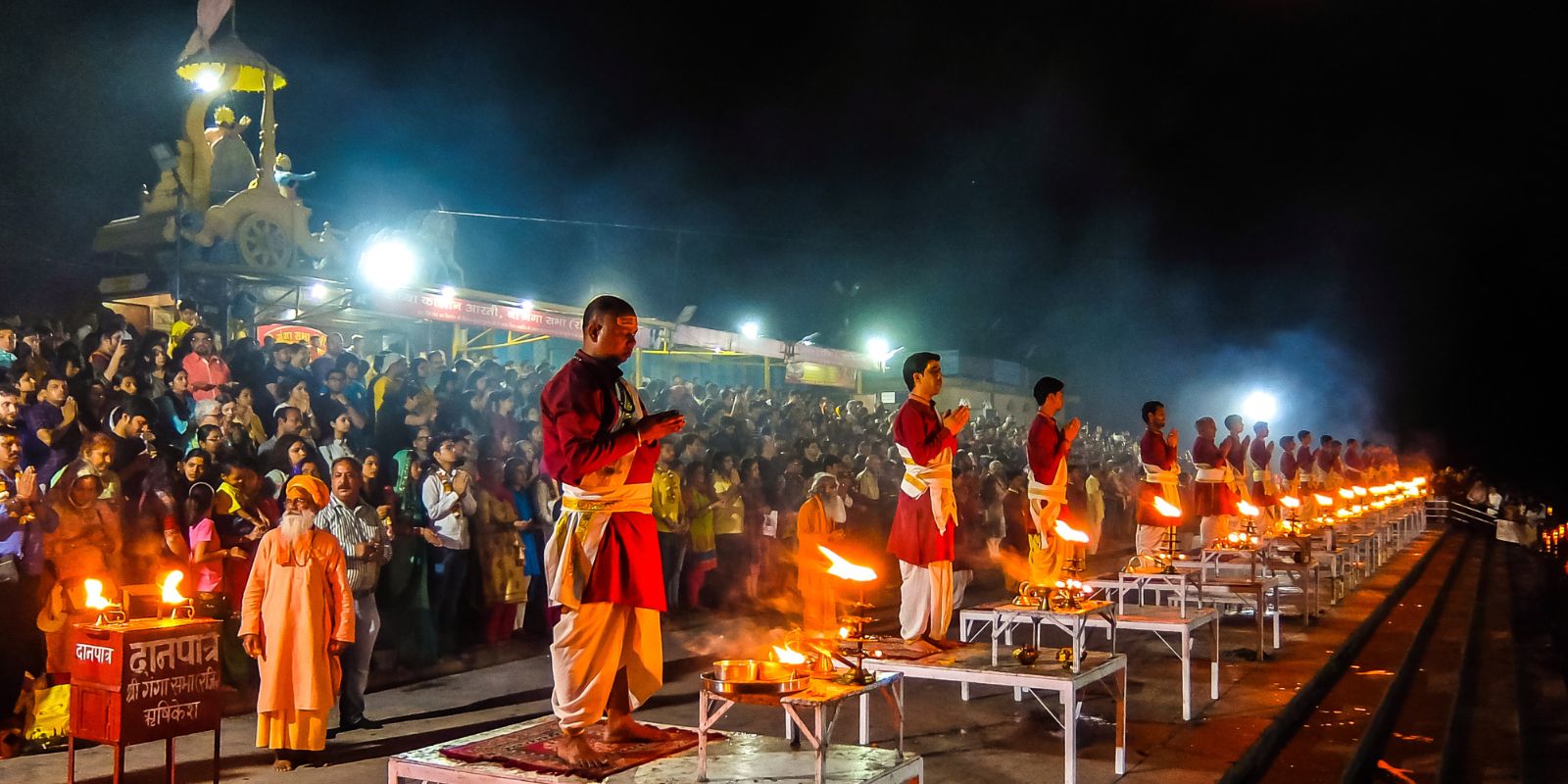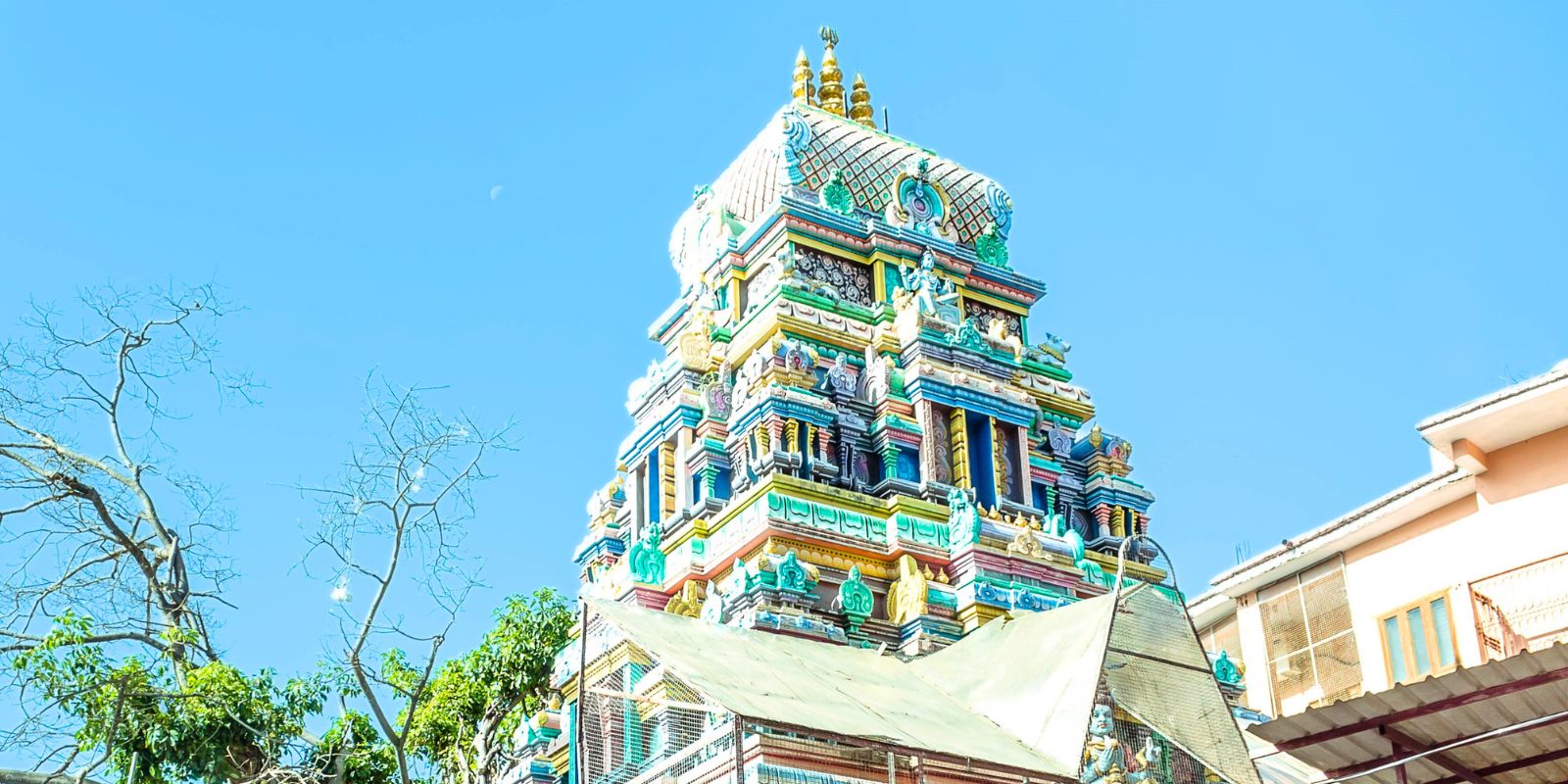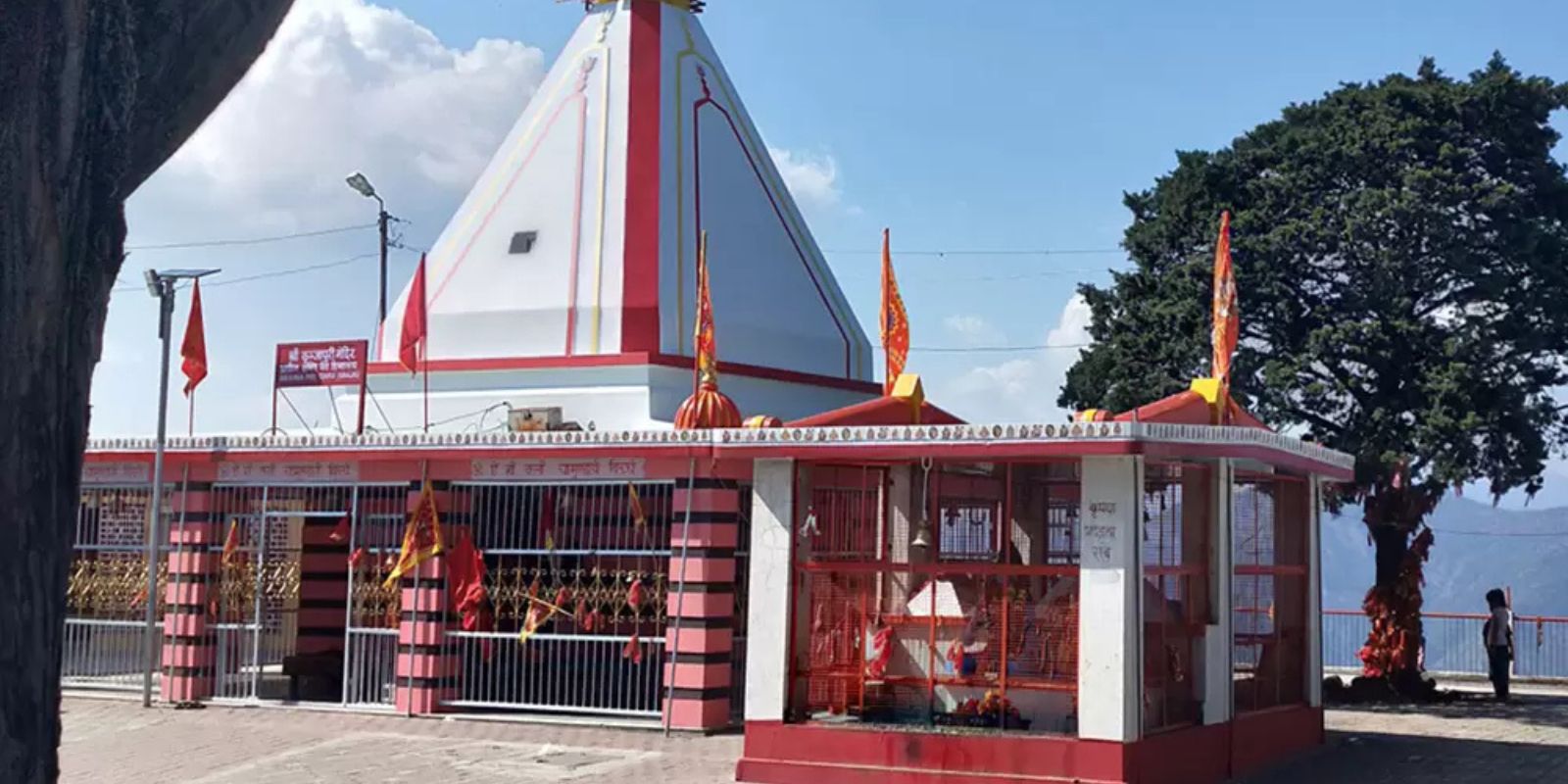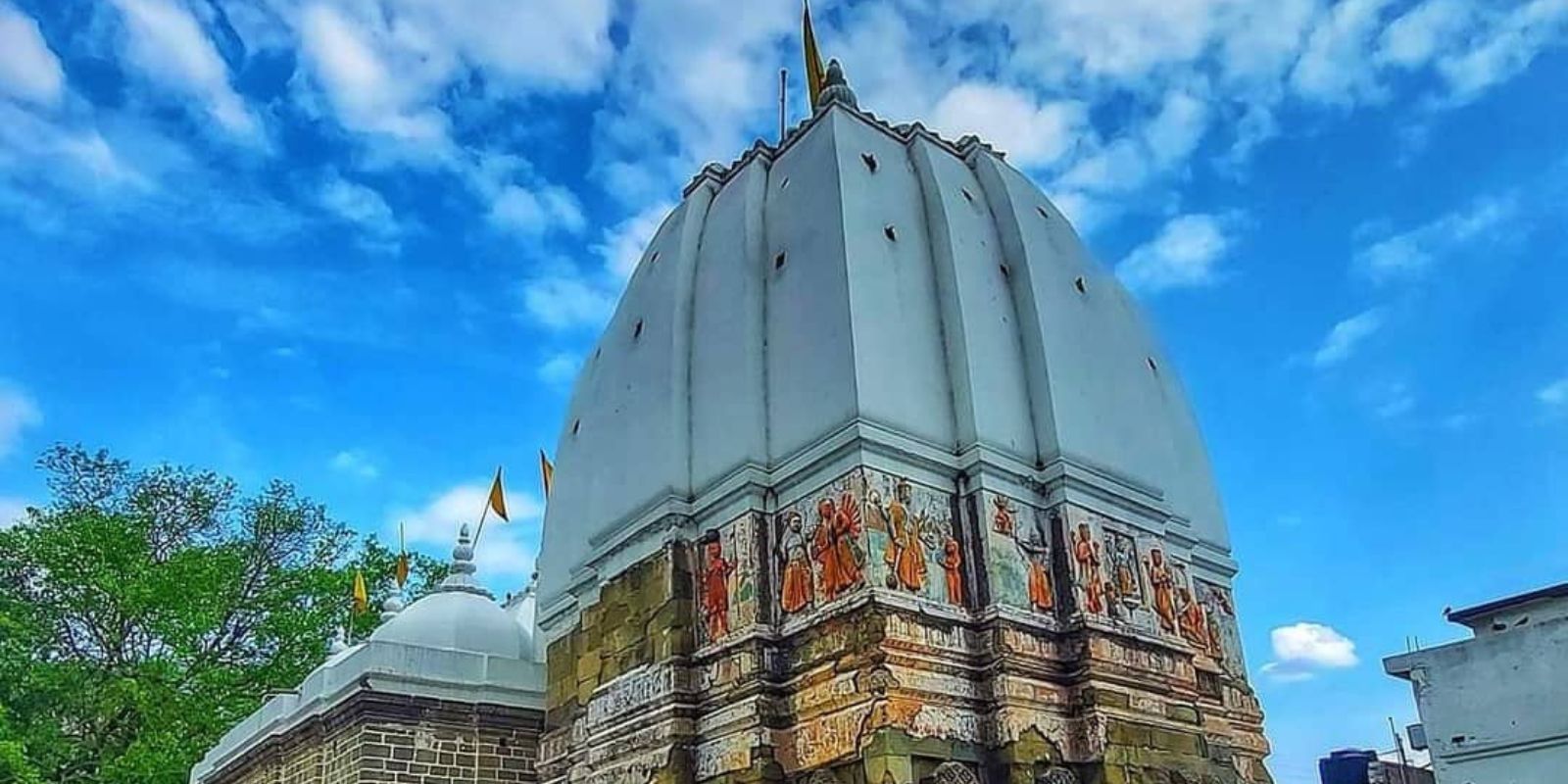Trayambakeshwar Temple is a revered landmark near Lakshman Jhula in Rishikesh, boasting a striking 13-story structure that dominates the riverbank. Each floor shelters different idols, inviting worshippers and curious travelers alike to experience spiritual diversity under one roof. The topmost level offers spellbinding views of the Ganges winding through lush Himalayan foothills, while the temple’s vibrant exterior underscores the vibrant faith coursing through Rishikesh. Whether attending morning aarti or quietly meditating in an upper shrine, visitors discover an immersive journey—literally ascending toward spiritual insight.
Noteworthy Attractions
Multilevel Sanctums
Each tier houses unique deities and shrines, reflecting Shiva’s multifaceted nature and showcasing India’s vast pantheon under a single towering roof.
Panoramic River Views
The highest floors provide sweeping perspectives of the holy Ganges and the surrounding hills, perfect for contemplation and quiet photo moments.
Vibrant Spiritual Ambiance
Continuous bells, incense-laden corridors, and the murmur of pilgrims infuse each hallway with reverence and palpable devotional energy.
History & Culture
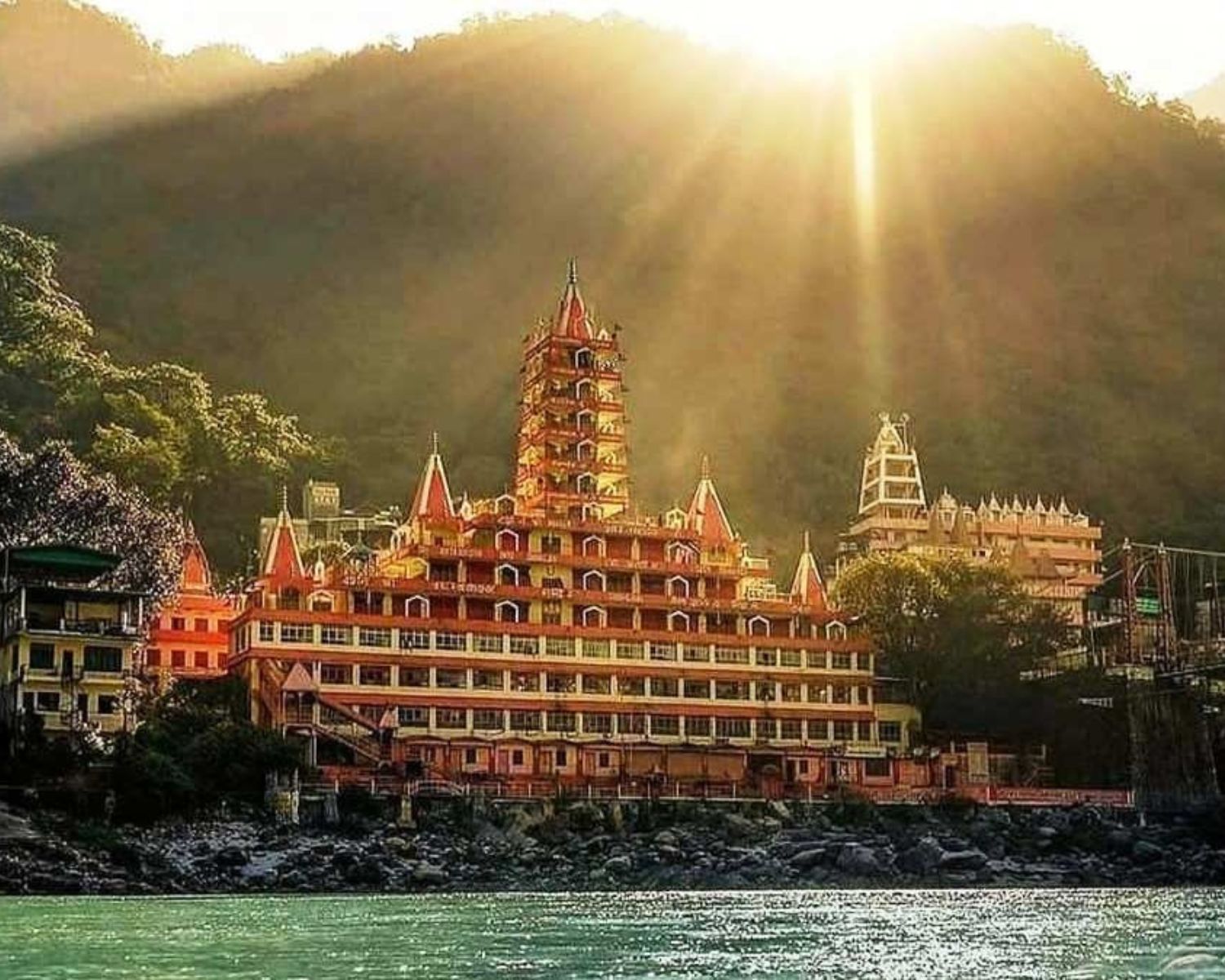
Origins & Legacy
Though exact construction dates vary in oral tradition, Trayambakeshwar Temple has been a focal point for Shiva worship for over a century. Local legends claim wandering ascetics first built smaller shrines here to harness the site’s energetic alignment with the Ganges. As pilgrim traffic grew, benefactors expanded the structure, eventually shaping it into the 13-story marvel seen today. Through every phase, the temple has preserved its dedication to guiding seekers along Shiva’s spiritual path.

Sacred Importance
Devotees across India recognize Trayambakeshwar as a powerful seat of Shiva, particularly during Maha Shivratri when rituals and elaborate decorations reflect unwavering reverence. The temple also resonates as a hub for sadhus practicing meditation in the upper floors. Many believe ascending each level symbolizes stepping closer to moksha, or liberation. Hence, thousands arrive annually to honor Shiva’s cosmic presence while absorbing the invigorating aura of Rishikesh’s landscape.

Rituals & Traditions
- Floor-by-Floor Darshan: Pilgrims customarily ascend sequentially, offering prayers at each deity’s shrine.
- Morning & Evening Aarti: Priests lead structured worship, filling corridors with rhythmic chanting and bells.
- Mahashivratri Festivities: The temple’s facade glistens with lamps, and special pujas invoke blessings of peace and prosperity.
Practical Guidance
When to Go
Visit between September and November or February and April for mild weather and clearer mountain views. Maha Shivratri, usually in February or March, is a vibrant spectacle but expect larger crowds. Early mornings provide a serene experience for devotees wishing to perform peaceful pujas or simply admire the sunrise from the upper terraces.
Respect & Reverence
Guidelines
- Dress modestly; the ghat is a place of worship.
- Maintain silence during aarti and respect local customs.
- Keep the riverbank clean, discarding waste responsibly.
Restrictions
- Avoid photographing people without permission.
- Don’t pollute the river by throwing plastic or other non-biodegradable items.
- Refrain from loud conversations or music that may disturb rituals.
Arriving Here
By Air
Jolly Grant Airport (Dehradun) is about 20 km from Rishikesh. Taxis or shared rides typically take 45 minutes to an hour to reach the temple area.
By Rail
Rishikesh station is close, though many also use Haridwar Junction, 25 km away. From either, auto-rickshaws and local buses can reach Lakshman Jhula.
By Road
Rishikesh lies 5–6 hours from Delhi. Frequent bus services run along NH 58. Once in town, a short walk or rickshaw ride from Lakshman Jhula leads to the temple.
Immersive Experiences
Spiritual Practices
Pause to recite mantras in the upper sanctums, absorbing Shiva’s essence amid Himalayan breezes and the gentle hum of temple bells.
Local Rituals
Join devotees circling each shrine while offering flowers and incense, symbolically ascending each level toward inner awakening and divine grace.


